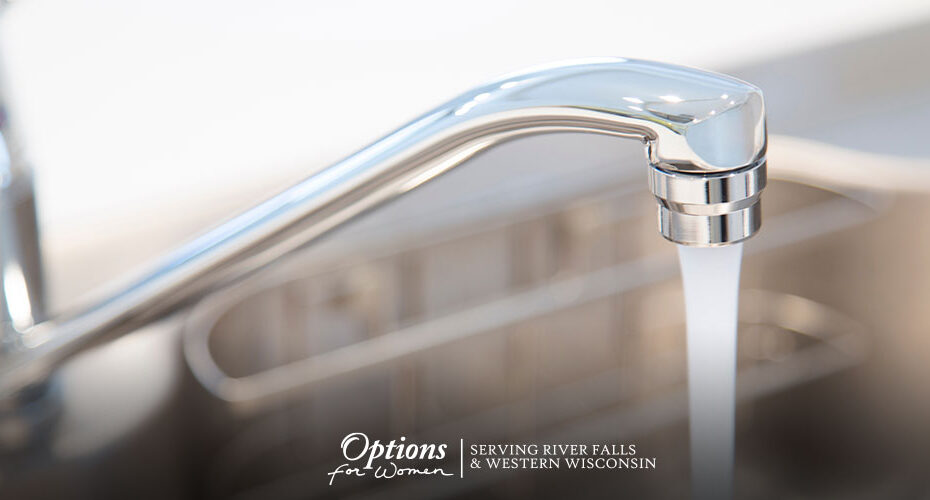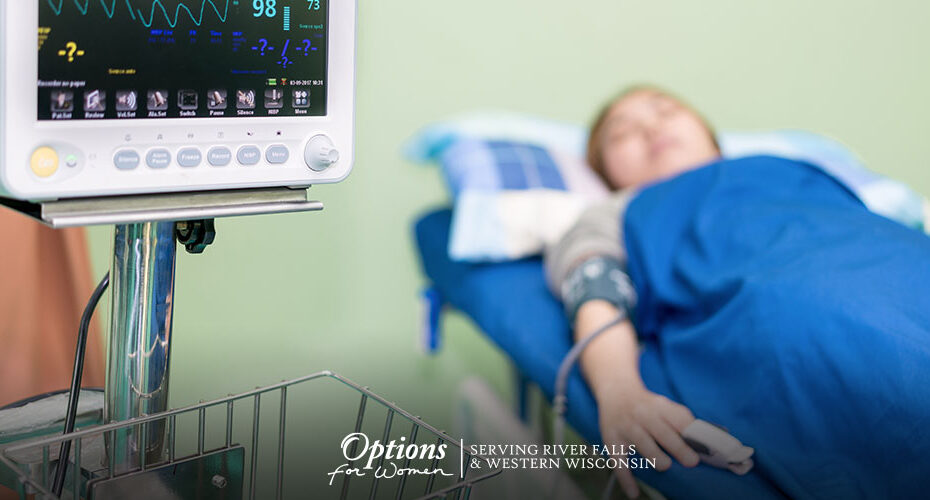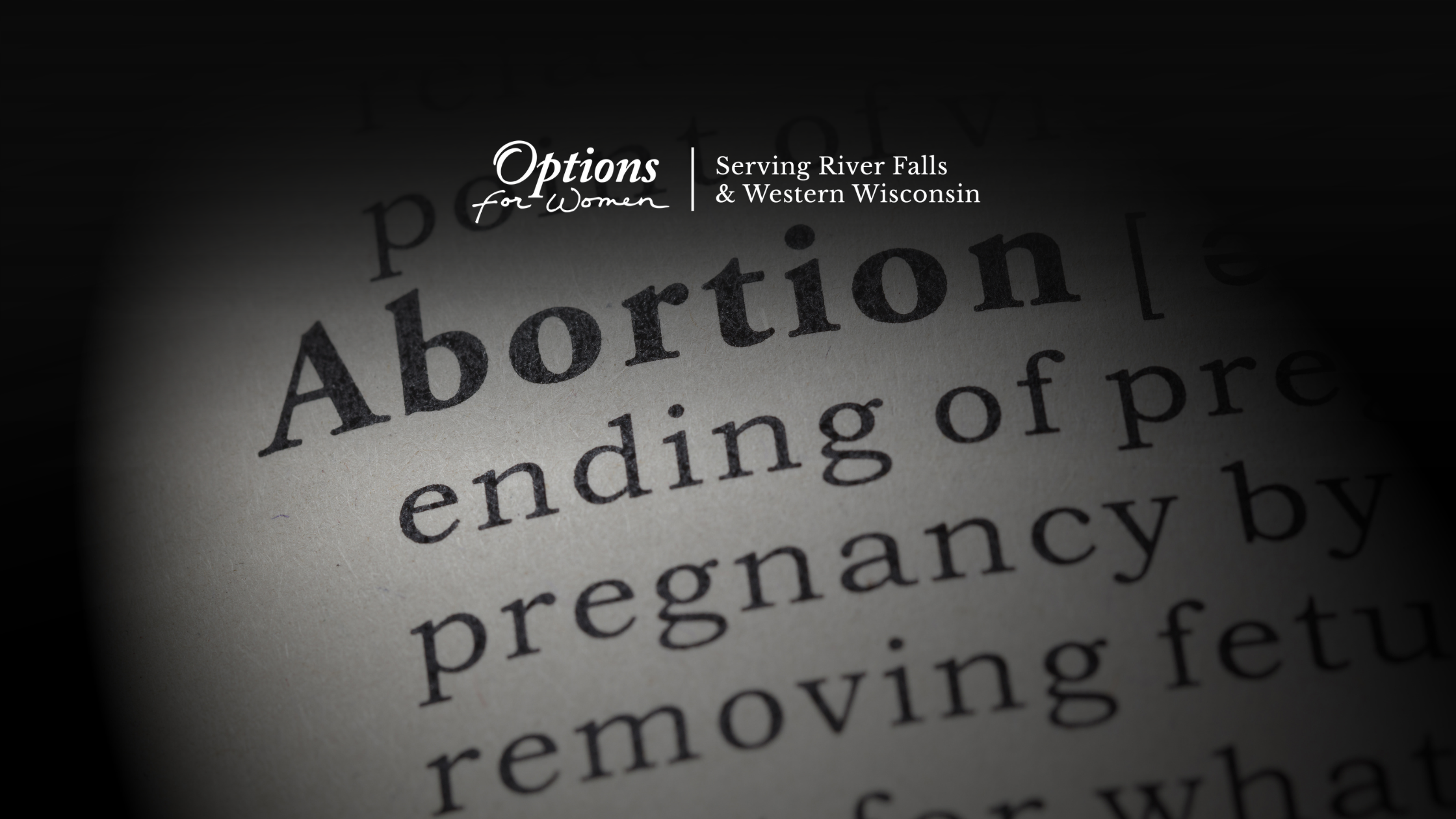Is ‘abortion pill reversal’ safe?
The mechanism of abortion pill reversal is essentially the same mechanism often used to prevent miscarriage… the hormone progesterone. Only in this case, it’s aimed at reversing the effects of the abortion pill regimen. If a woman decides after taking the first of the two drugs in the regimen (mifepristone) that she doesn’t want to go through with the abortion process, she may be able to try abortion pill reversal.







